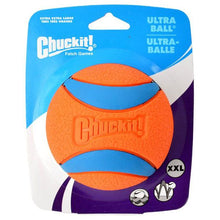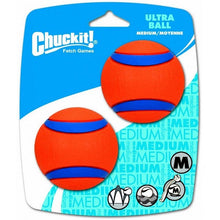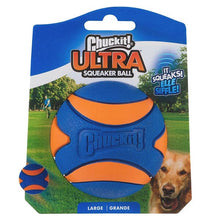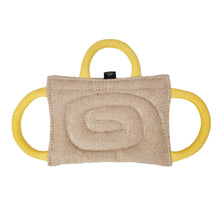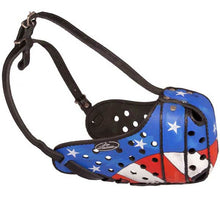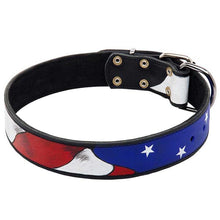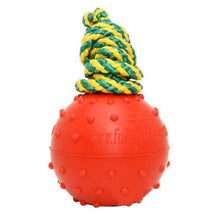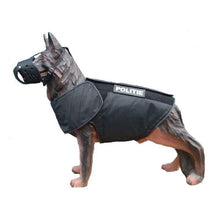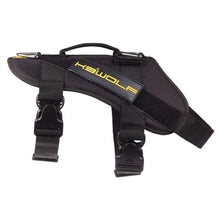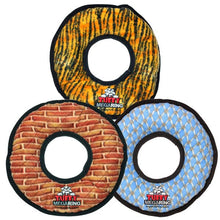The Muzzle Misconception: Understanding the Benefits and Misuses
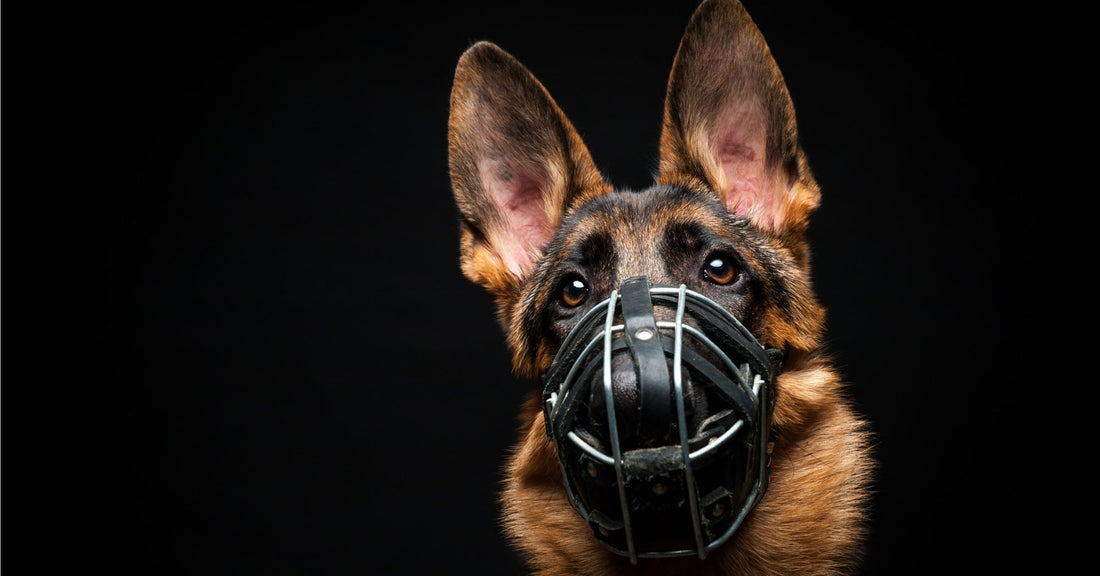
There's a ton of debate on the ethicality of using muzzles in every forum and Facebook page that focuses on dogs or dog training. Honestly, it's hilarious to me. Let's dive into the issue ... or non-issue, and I'll tell you why.
There are 3 types of muzzles. Basket muzzles, soft/cloth muzzles, and agitation muzzles. Basket muzzles can be made of metal wire or plastic that usually form squareish shaped holes for ventilation. Dogs can eat and drink in them and don't overheat wearing one because it allows them to pant. Soft/cloth muzzles keep the mouth almost entirely closed. They don't allow eating or drinking and can cause overheating over a period of time, depending on other factors. They're most commonly used at vet visits. Lastly, agitation muzzles are usually leather with a steel shank over the nose for support. Chances are you will never need an agitation muzzle because they're specifically designed for protection training.

Now let's ask the question and get it out in the open: Are muzzles cruel?
Well, they can be.
If you have a dog in the hot sun with a soft muzzle on, he or she will overheat, and they will be harmed. The misuse of the tool is the cruelty. If you leave a basket muzzle on a dog for a month straight, they can eat, drink, and won't overheat ... but they'll definitely have a wound on the bridge of their nose from the muzzle rubbing against it all day, every day, for a month. Again, the misuse of the tool is the source of the cruelty. If you leave an agitation muzzle on a dog, similar results depend on the style.
If you see a dog walking down the street with a basket muzzle, is that abuse or cruel? No, absolutely not. Some local governments require certain breeds to be muzzled in public. Some dogs are insecure and quick to bite to defend themselves from things they believe are threats. Not things that are actual threats ... things they "believe" are threats, which could be someone else just walking by, minding their business.
If you think muzzles are cruel, you're saying that you either think the dog should be allowed to bite people or that the dog shouldn't be allowed to exercise. If a dog bites a person or a couple of people, in most jurisdictions, they're going to take the dog and put it down. And, not exercising your dog is cruel as well. Dogs deserve to stay fit, release tension and energy, and get the chance to experience enrichment. So, how is a muzzle that's mandated by the government, or it's use necessary to keep the dog and the public safe from physical harm cruel? That's the part I find comical. If you're anti-muzzle, you're pro getting bitten, or having someone else get bitten, or having the dog on 24-hour lock down, inside, at all times. 
There's no debate, muzzles are not, in any way, cruel. They can be cruelly misused, like just about everything else on this planet. But they are not inherently cruel. Muzzles are the reason thousands of dogs aren't turned away by veterinary offices, groomers, and dog trainers. They're the reason that people who would've gotten bitten today didn't get bitten today. They're the reason thousands of more dogs don't get put to sleep every year. Muzzles are quite literally lifesaving tools.
If you're someone who is reading this right now and you disagree, you're welcome to have and hold your own opinions, even if they're wrong and thoroughly debunked. But the facts are this: more lives have been saved by muzzles than harmed by them at the hands of cruel or oblivious pet owners.
Now, as with all tools, you should learn how to use them before using them, not after. So let us go over how not to use a muzzle.
1: The biggest abuse of a muzzle is using one to purposely abuse a dog. What I mean by that is if you muzzle your dog so that you can hit your dog without getting bitten? You need to find a home for that dog and walk into the nearest police station and tell them what you did. That's called animal abuse. The muzzle isn't the problem, the person doing what I described is the problem. And boy, do they have big problems.

2: Pick the right muzzle for the occasion. Don't go for a jog on an 80 degree day with a soft muzzle on. Heat, not being able to pant, and jogging is the perfect equation for heat exhaustion, heat stroke, death, and basically all sorts of other bad things. If you're going to use a soft muzzle, use it at the vet or groomers. I, personally, would still suggest a basket muzzle, but some vets and groomers prefer you bring a dog in with a soft muzzle.
3: Pick the right muzzle for the occasion Pt. 2. Just get a quality basket muzzle and call it a day. That's likely all you'll ever need. And yes, I said "need." Even the sweetest dogs can and will bite if they're in pain, disoriented, or have had head trauma. A seizure, blood sugar irregularities in diabetic dogs, concussions, and strokes among plenty of other conditions and injuries can lead to a dog becoming disoriented and reactive without thinking or trying. It happens in people, too. Ask medical professionals about diabetic patients and patients who have had seizures. They all have stories that come prefixed with "Viewer Discretion Advised." For that reason, I believe every dog should be trained preemptively to wear a muzzle in case of emergencies.
4: Follow the manufacturer's instructions on how to correctly size your dog for a muzzle. Not doing so can lead to some accidental cruelty. Your dog's nose should not touch the end of the muzzle. Ever. If it does, it's too short. Your dog's muzzle should fit over the nose easily. If it's tight at the base of the snout, it will be uncomfortable and cause pressure injuries if left on long enough. Sizing is important. Get a soft tape measure, don't guess.

5: How long is a reasonable amount of time to have a dog in a muzzle? A soft muzzle in an air-conditioned office waiting to be seen? As long as it takes to get called back. A basket muzzle? An hour. Two hours. Maybe longer if you have to, but then I would have to begin questioning why a dog needs to wear a muzzle for 4 hours. If for whatever reason you require more than an hour or so, make sure it's a reason that makes sense, and make sure it's a high-quality muzzle that's properly sized and fitted.
If you follow those simple, common sense rules, a muzzle will never hurt your dog. And even for the people who don't follow those rules, the muzzle still didn't hurt their dog. They did. Muzzles are not cruel. They're necessary safety devices, and all dogs should be trained to wear one, and everyone should have one in their doggy toolbox in case of emergencies. Thank you!
If you enjoyed this article or learned anything from it, please leave a like and share. Thanks again.
You might also like: Herm Sprenger Collars: A Guide to Sizing and Appearance Differences




